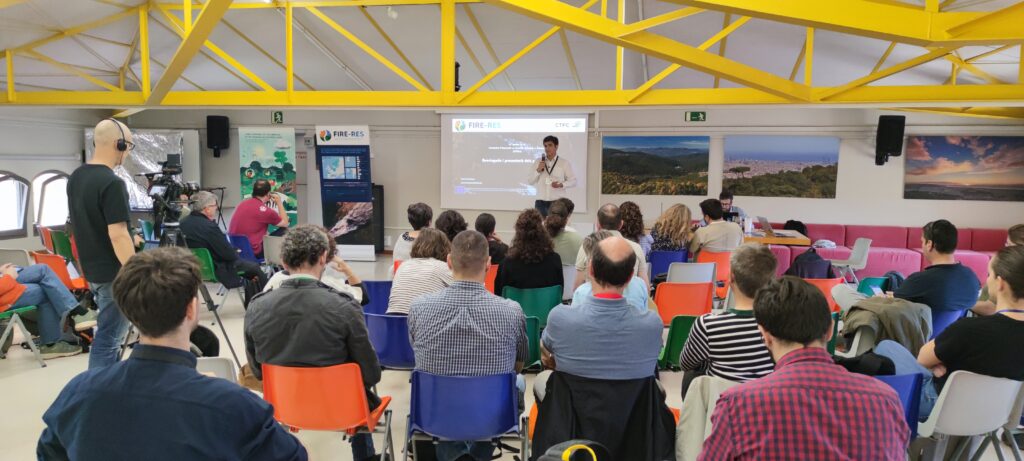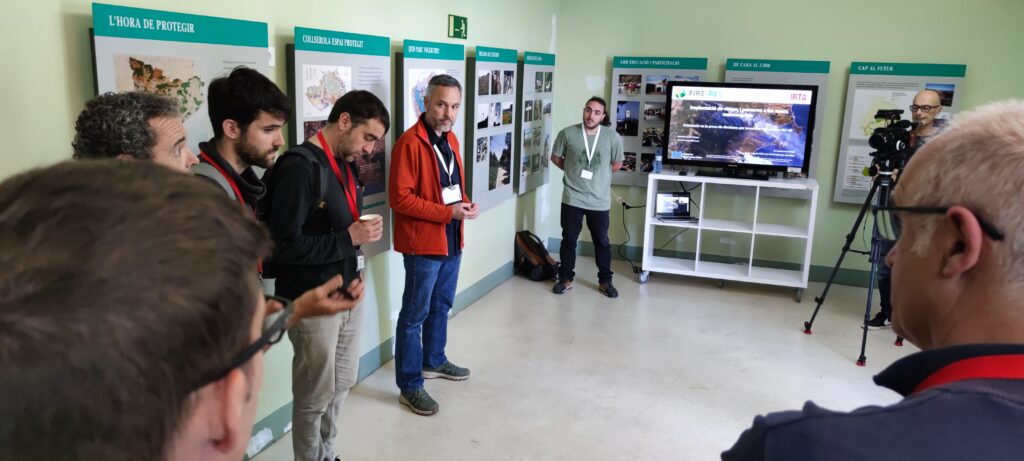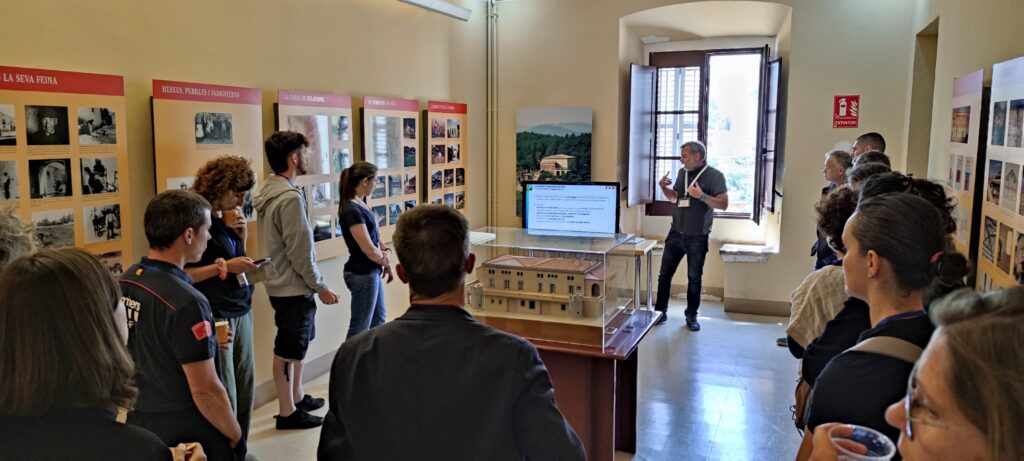On the 22nd of May of 2024, the Community of Wildfire Innovation of the Catalan Living Lab held its second meeting to discuss the implementation of innovative solutions to enhance forest fire resilience in the region.

The community, established during its first meeting in October 2022, is also known as Comunitat D’Innovació en Incendis Forestals a Catalunya (CIIFCat) and is a collaborative initiative involving relevant representatives from the administration, private sector, research and development, and civil society. The meeting aimed to build on the progress made since its inception and address the increasing challenges posed by extreme wildfires.
The event, hosted by the Living Lab Catalonia of the FIRE-RES project, commenced with a welcome address by Antoni Trasobares, Director of the Forest Science and Technology Centre of Catalonia (CTFC) and coordinator of the FIRE-RES project. Marc Castellnou, Fire Inspector of the CFRS firefighters, provided an overview of the evolution of normal wildfires to the challenge that extreme forest fires represent worldwide, but also for Catalonia in particular.

A series of presentations highlighted results of the implementation on the Catalonian territory of some Innovation Actions developed within the FIRE-RES project. Laia Estivill from the CFRS Team exposed the Fire Forums concept, while CTFC researcher José Ramón González presented the design of strategic networks of managed areas to improve suppression efforts. Soazig Darnay showcased the involvement of economic sectors in fire-resistant initiatives, exemplified by the fire wine project. Pere Roca, CTO of Airbus, introduced the concept of High-Altitude Pseudo-Satellites (HAPS) for enhancing Europe’s resilience to extreme wildfires and announced the first HAPS real flight in Europe for this summer in Catalonia. Lluís Coll, a professor at the University of Lleida (UdL) and CTFC researcher, outlined post-fire restoration and adaptation strategies.
The meeting included a poster session where more preliminary results were presented on a shorter format but featuring discussions in small groups on topics such as light machinery for preventive forestry, implementation of vineyards and apple trees in mountainous areas, and integrated fire management. FIRE-RES project members also presented conclusions from the implementation of fire potential polygons, post-fire restoration strategies and the parameterization of management alternatives for effective fire behaviour control.
The discussion table, moderated by CTFC researcher and co-leader of the Living Lab of Catalonia Míriam Piqué, focused on the practical aspects for the replication of the proposed solutions, including timing, methods, and responsible parties. The session emphasized the need for coordinated efforts across various sectors to achieve a resilient landscape.
